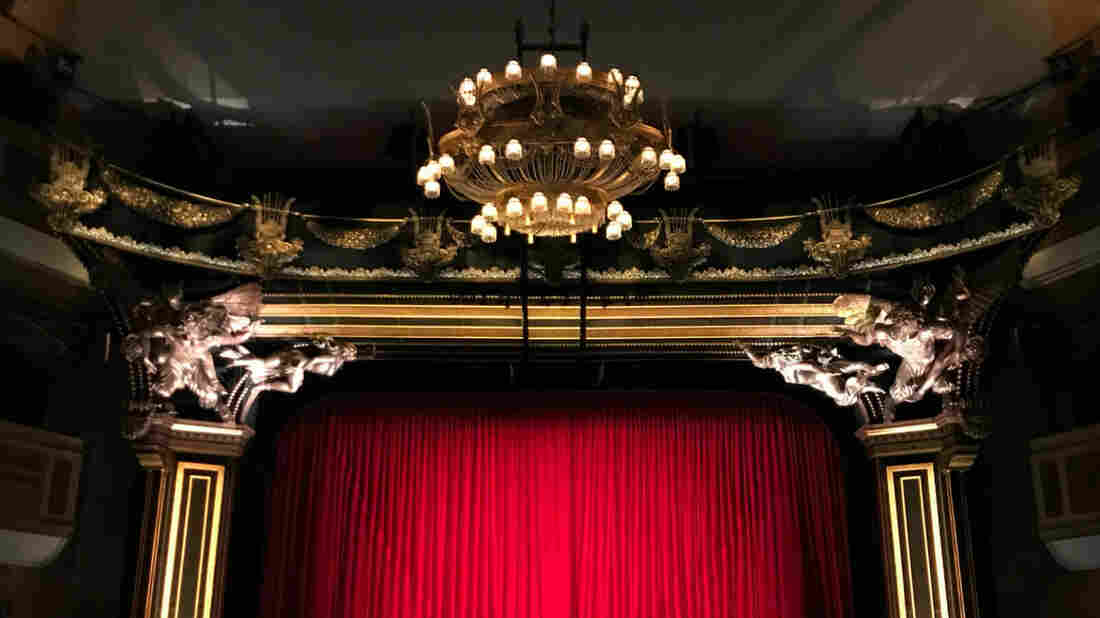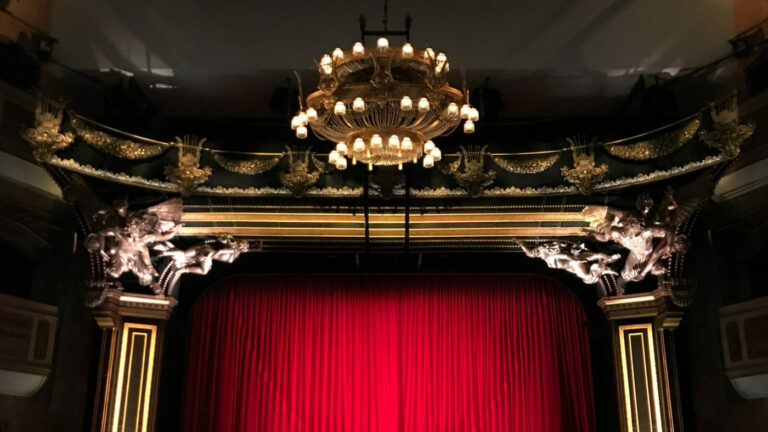
Photo by Gwen King on Unsplash
Gwen King/Gwen King/Unsplash
Hide Caption
Toggle caption
Gwen King/Gwen King/Unsplash

Photo by Gwen King on Unsplash
Gwen King/Gwen King/Unsplash
Theater is one of the oldest art forms. It’s a story that unfolds in real time, and it’s a space where you can interact with others in person. Theater is a unique experience; it can’t be replicated, even with the same play, same cast, and same audience. Theater embodies the saying, “You had to be there to experience it,” and when done well, it stays with you for years.
Between 1935 and 1939, the Federal Theater Project gave 30 million Americans the opportunity to see a play—two-thirds of these audiences had never seen a play before—but the project was quickly destroyed by the Congressional Committee on Un-American Activities.
Nearly a century later, theater’s place in American life has shrunk: The share of Americans who see a non-musical play just once a year fell from 10% to less than 5% between 2017 and 2022, according to a survey by the National Endowment for the Arts.
Today, we look back on this unique federal project, rooted in the power of theater, and look forward to the role it can play in supporting our democracy even as the arts in America are under attack.
Like it? Check out our other programs onlineSign up for 1A+ and listen to 1A without sponsorship Click here for details.

